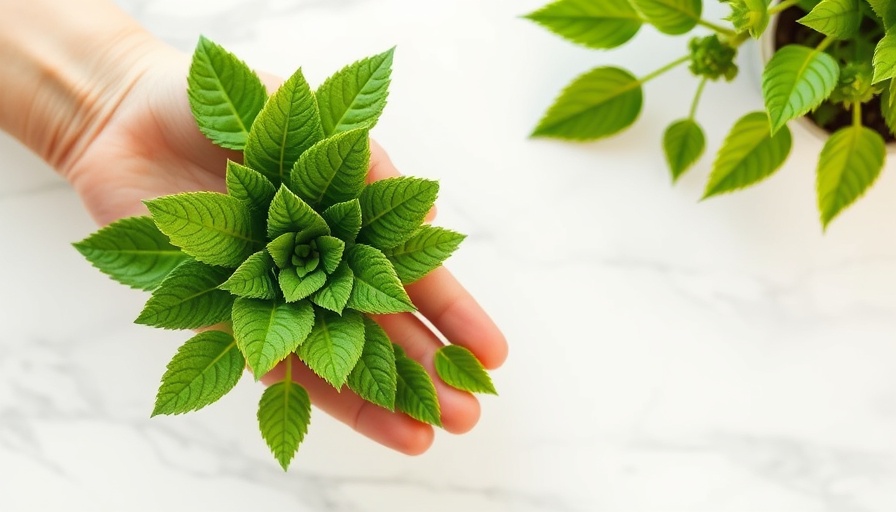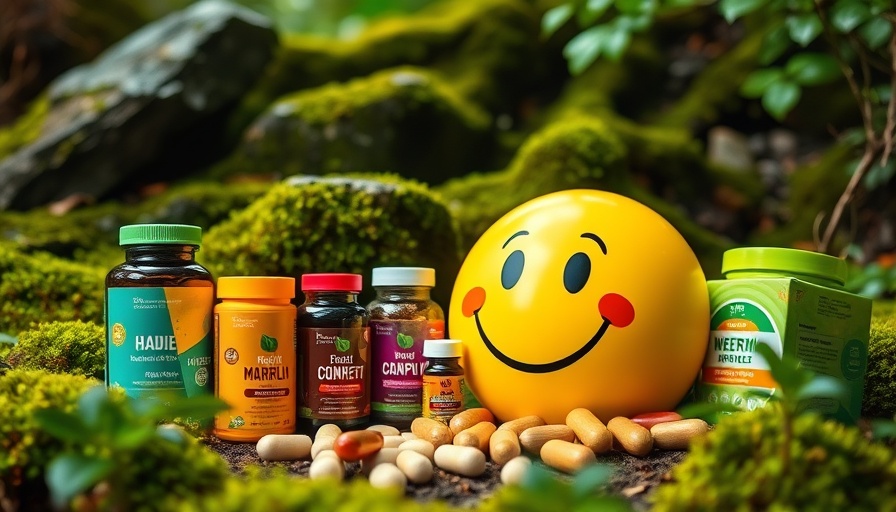
Unpacking the Differences: Microherbs vs. Microgreens
When it comes to culinary plants that enhance dishes with flavor and presentation, microherbs and microgreens are often the stars of the show. However, it’s essential to comprehend the key differences between these two categories of tiny edibles, particularly if you're aiming for optimal health and wellness in your meals.
The Growth Journey: How They Differ
Microgreens are typically the seedlings of various vegetables, harvested shortly after germination. They are often celebrated for their vibrant colors and crisp textures, adding nutritional value to dishes. Some of the most popular microgreens include radishes, broccoli, and sunflowers, which are rich in essential vitamins, making them favorable choices for those focusing on health and wellness.
In contrast, microherbs, like basil, dill, and coriander, require more careful cultivation to maximize their aroma and flavor. They are harvested just before maturity, allowing them to develop an intense flavor profile that enhances gourmet dishes. The extra cultivation effort reflects in their market positioning, where they serve as high-margin items catering to upscale restaurants.
Cooking with Purpose: Culinary Uses Unveiled
When it comes to cooking, the intended uses of microherbs and microgreens diverge significantly. Microgreens can be used extensively in salads, smoothies, and sandwiches, making them a nutritional powerhouse perfect for everyday meals. They play a crucial role in increasing the health quotient of your dishes.
On the other hand, microherbs are more of a finishing touch in gourmet cooking, providing not just flavor but also aesthetic appeal. They’re often used to elevate the presentation of high-end dishes, providing a sensory experience that connects diners to the freshness of their food.
Market Trends and Value: Understanding the Economics
From a commercial standpoint, microgreens are typically sold by volume in health-focused markets and grocery stores, appealing to anyone from avid home cooks to meal kit enthusiasts. This makes microgreens a versatile addition for individuals interested in health and wellness, particularly in community health and wellness settings.
Meanwhile, microherbs cater to a niche market of gourmet chefs willing to pay a premium for high-quality, aromatic products. This differentiation showcases a trend where culinary skills merge with economic insight, highlighting the importance of understanding food production systems in the broader context of health and wellness.
Practical Insights: Tips for Incorporating Microherbs and Microgreens
If you're a health enthusiast looking to enhance your meals, consider incorporating microgreens into your daily eating habits. Try adding them to your smoothies for an amino acid boost or sprinkling them over salads for extra crunch and flavor. Learning how to properly store and handle these greens can also maximize their freshness.
For those exploring microherbs, using them as a garnish will elevate your culinary presentation and flavor. Experiment with various combination pairings, such as basil with mozzarella or dill with fish, to discover new taste sensations. It's an excellent way to infuse your dishes with vitality.
Emotional Connection: The Attractiveness of Home Gardening
For many, growing microgreens and microherbs at home can provide a fulfilling hobby that also contributes to a lifestyle of health and wellness. There’s something inherently satisfying about nurturing plants and then enjoying their flavors in your meals. This activity is particularly exciting for those interested in sustainable living or community health initiatives, as it reinforces the connection between food, health, and overall well-being.
Conclusion: Steps Towards Healthier Living
Understanding the distinction between microherbs and microgreens can open up a world of culinary possibilities while promoting a healthier lifestyle. Not only can these flavorful plants enhance your dishes, but they also provide a gateway to better living through nutrition. Consider trying your hand at growing them or incorporating them into your diet today!
 Add Row
Add Row  Add
Add 




 Add Row
Add Row  Add
Add 


Write A Comment